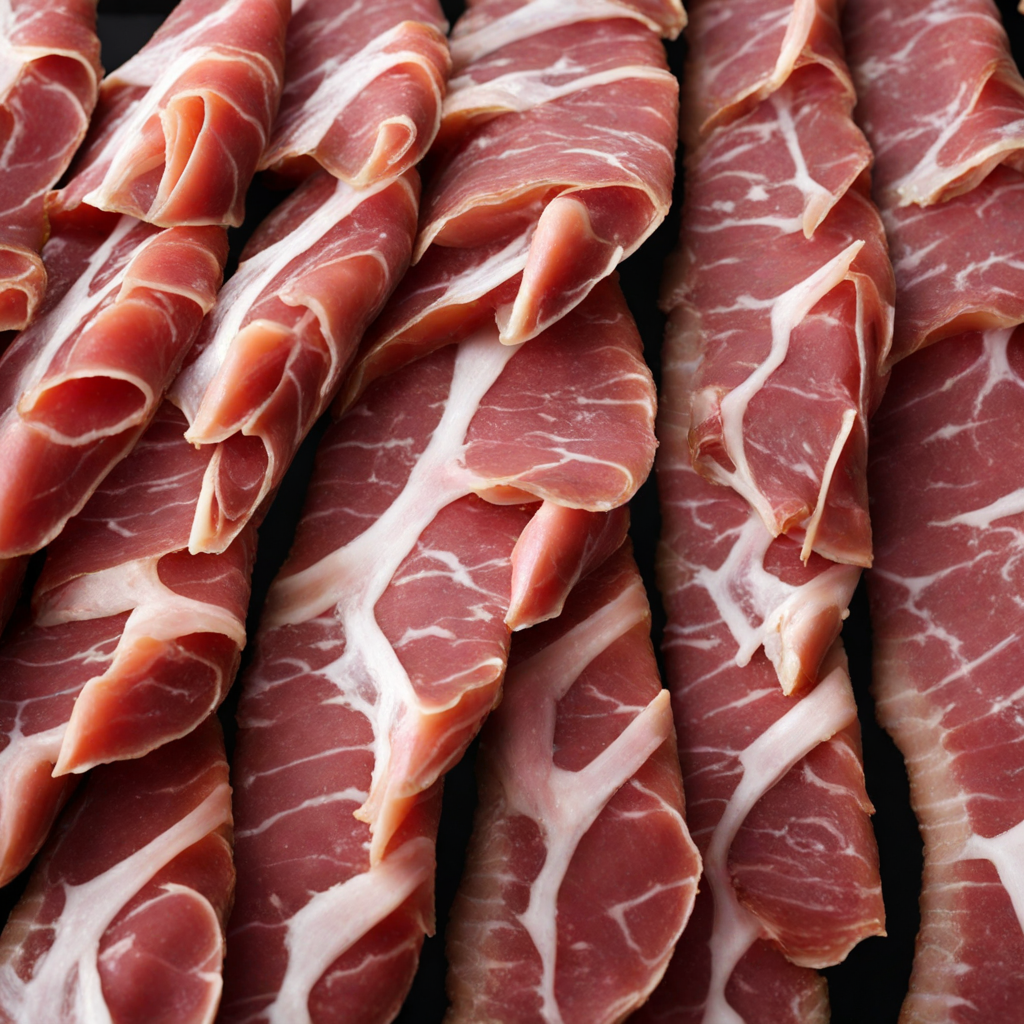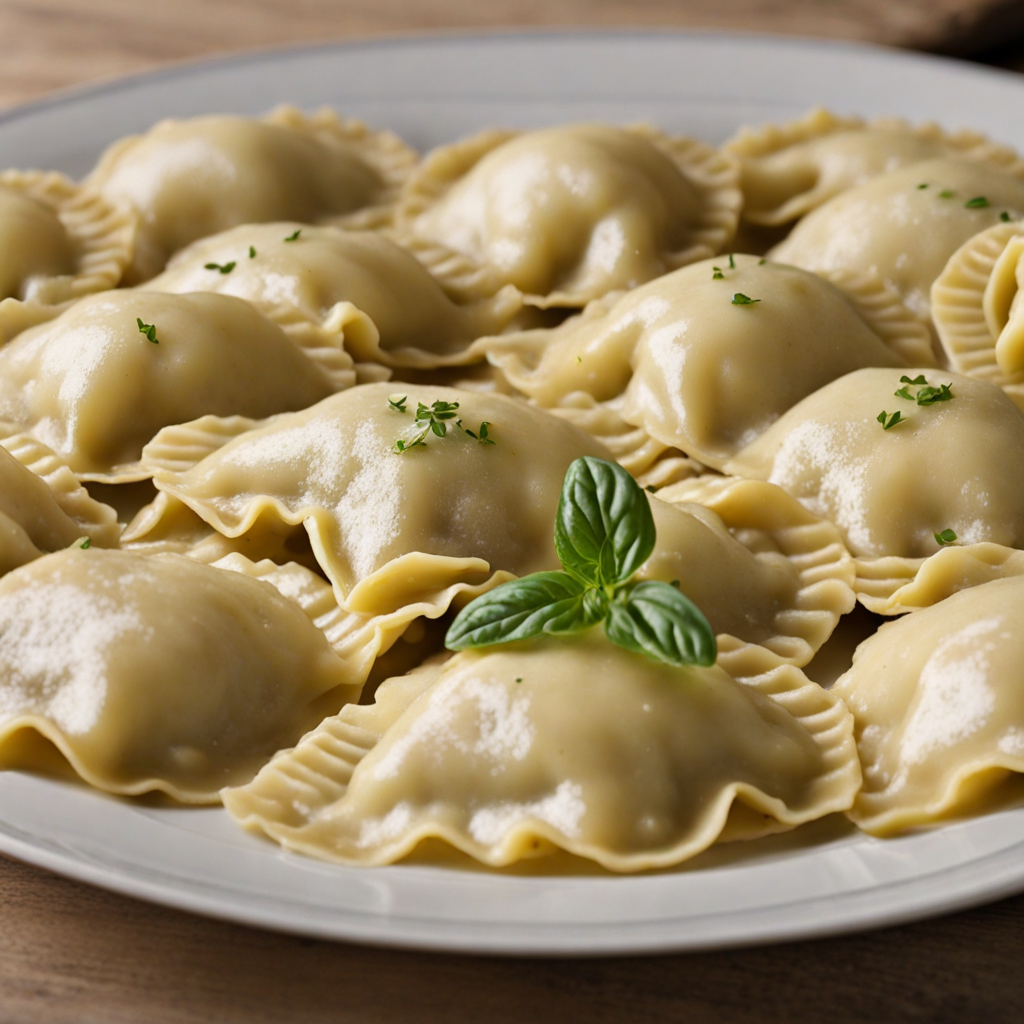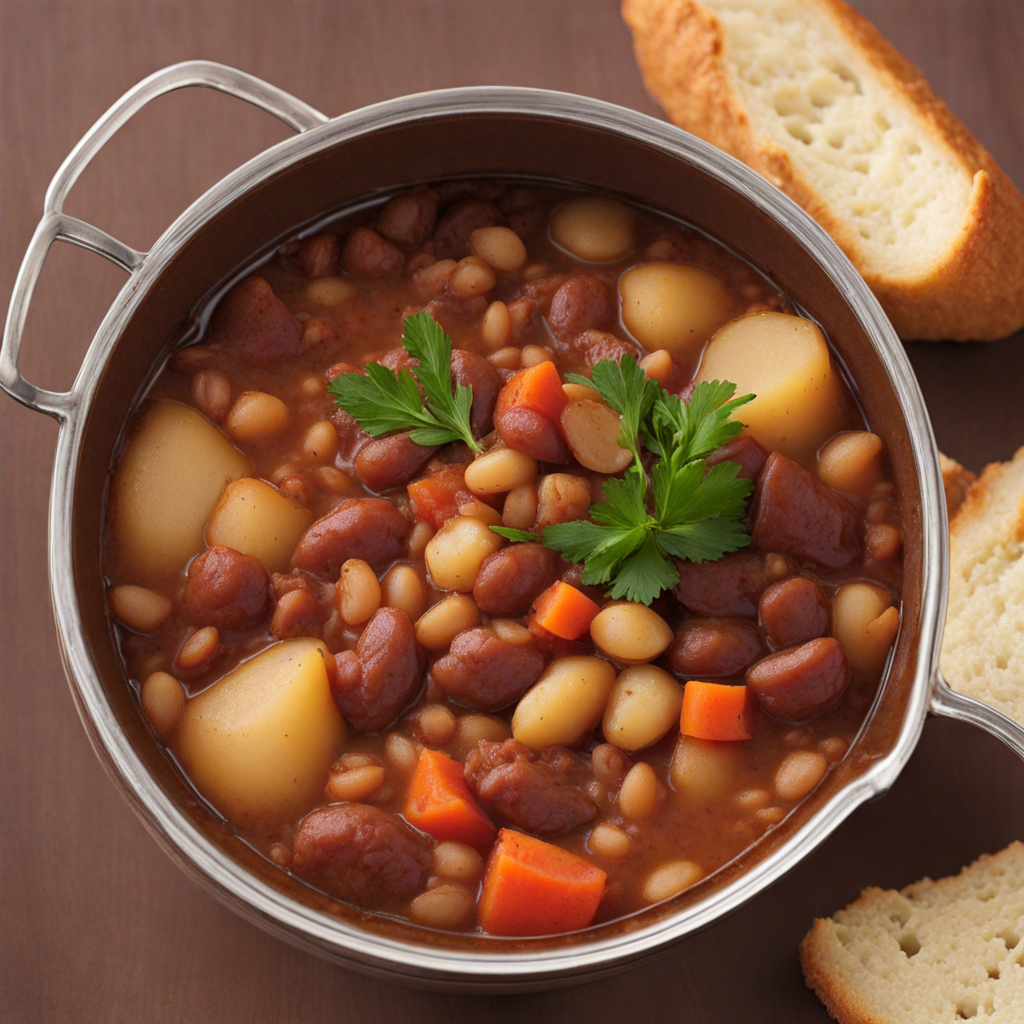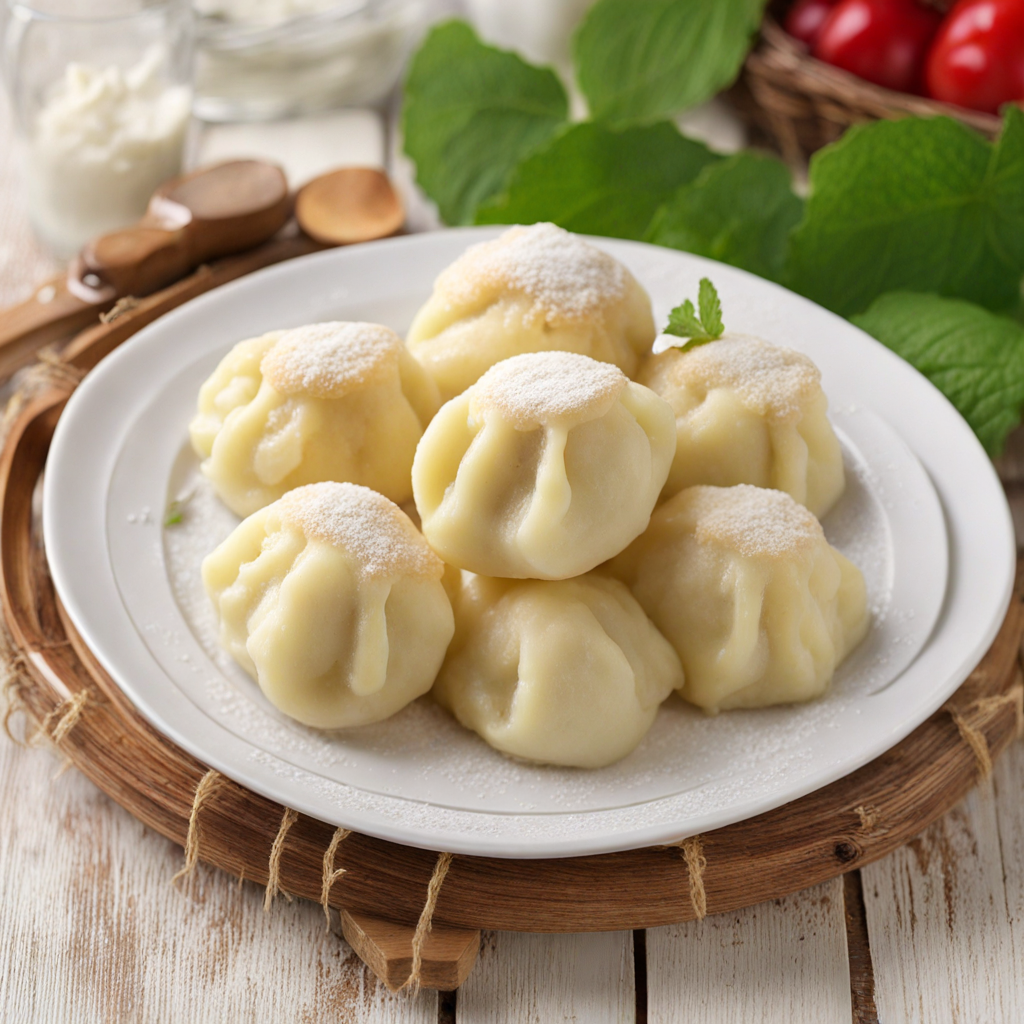Karst Prosciutto
Karst Prosciutto, or "Kraški Pršut," is a traditional Slovenian delicacy hailing from the picturesque Karst region. This dry-cured ham is crafted from the finest pork, primarily the legs of pigs that are raised in the lush, natural pastures of the area. The unique climate, characterized by a combination of fresh air, moderate humidity, and the mineral-rich soil, plays a significant role in the curing process, allowing the meat to develop a distinct flavor profile. The ham is seasoned with a simple blend of sea salt and sometimes a hint of garlic, allowing the natural flavors of the pork to shine through without overpowering it. The curing process of Karst Prosciutto is highly traditional and involves air-drying the meat for several months. This lengthy process results in a dense, firm texture and a deep, rich color that ranges from a rosy pink to a deep red. As it ages, the flavors intensify, giving it a complex taste that balances saltiness with subtle earthy notes. When sliced thinly, the ham reveals a beautiful marbling of fat, which melts in your mouth and enhances the overall eating experience. It is often enjoyed as part of a charcuterie board, paired with local cheeses, olives, and fresh bread, making it a perfect choice for sharing with friends and family. What sets Karst Prosciutto apart from other cured meats is not just its unique flavor but also its cultural significance. It is a representation of Slovenian heritage, with production methods passed down through generations. The ham is typically enjoyed during special occasions or as part of traditional feasts, embodying the spirit of the Karst region. For anyone looking to explore new tastes, Karst Prosciutto offers a delightful journey through Slovenian culinary tradition, inviting you to savor the rich history and craftsmanship that goes into every slice.
How It Became This Dish
Kraški Pršut: A Culinary Tradition of Slovenia The enchanting landscape of Slovenia, with its rolling hills and lush valleys, is home to a culinary gem known as Kraški pršut, a type of dry-cured ham that has transcended mere sustenance to become a symbol of regional identity and cultural heritage. Originating from the Karst region, Kraški pršut is not just a food item; it embodies centuries of tradition, craftsmanship, and the natural bounty of the land. #### Origins and Traditional Methods The roots of Kraški pršut can be traced back to ancient times when the people of the Karst region, an area characterized by its unique limestone topography and microclimate, began to develop methods for preserving pork. The term "pršut" itself is derived from the Latin word "perexsuctus," meaning "dried." This indicates that the practice of curing meat was well established by the Roman era. Historically, farmers in this region would raise pigs, particularly during the colder months when they could capitalize on the natural abundance of acorns, chestnuts, and other wild fruits that the pigs would forage for. After the slaughter, the meat was carefully prepared using a combination of salt, spices, and the essential ingredient of time. The process typically involves rubbing the meat with sea salt, sometimes mixed with garlic and pepper, and then hanging it to air-dry in a cool, breezy environment—often in cellars or natural caves. The specific climate of the Karst region, with its humid winters and dry summers, is ideal for this drying process. #### Cultural Significance Kraški pršut is more than just a delicacy; it is woven into the cultural fabric of the Slovene people. The preparation and consumption of pršut is often a communal affair, reflecting the strong ties within families and communities. Traditionally, the ham is served thinly sliced, often accompanied by local wines, cheeses, and fresh bread, creating a rustic yet refined dining experience. It is a staple at celebrations, family gatherings, and festive occasions, symbolizing hospitality and generosity. The ham’s popularity has transcended regional boundaries, making it a sought-after delicacy throughout Slovenia and beyond. As a Protected Designation of Origin (PDO) product since 2015, Kraški pršut is recognized for its unique qualities that arise from its specific geographical area, production methods, and traditional techniques. This designation not only ensures the quality of the product but also helps preserve the culinary heritage of the Karst region. #### Development Over Time Over the centuries, Kraški pršut has evolved while remaining faithful to its traditional roots. In the 19th century, the ham began to gain prominence beyond local consumption. The development of transportation networks allowed for the wider distribution of Kraški pršut, introducing it to the palates of urban dwellers and tourists alike. This newfound popularity led to the establishment of specialized producers and small-scale curing facilities, where artisans could hone their craft and maintain the high standards of quality that Kraški pršut demands. The 20th century brought significant changes to the production of Kraški pršut, particularly with the advent of modern technology and food production techniques. While some producers embraced these innovations to increase efficiency and output, many artisans remained committed to traditional methods. This tension between tradition and modernity has spurred discussions about authenticity and quality in the food industry. In response, the artisanal producers have often banded together to promote Kraški pršut as a product of cultural heritage, emphasizing the importance of traditional practices and local ingredients. Today, Kraški pršut is celebrated at various events and festivals throughout Slovenia, where locals and visitors alike can taste and appreciate this unique product. The Kraški pršut Festival in the town of Sežana, for example, showcases the craftsmanship of local producers and offers tastings, workshops, and cultural performances. Such events not only celebrate the ham itself but also foster a sense of community and pride in local traditions. #### Modern Consumption and Global Recognition As global interest in artisanal and regional foods continues to grow, Kraški pršut has found its place on international culinary stages. Chefs and food enthusiasts around the world are increasingly drawn to the unique flavors and artisanal qualities of this ham. It appears on gourmet restaurant menus and in high-end charcuterie boards, often served alongside other Slovenian delicacies. Moreover, the rise of the slow food movement has furthered the appreciation for Kraški pršut as a product that embodies the principles of sustainability, quality, and respect for local cultures. The slow food philosophy encourages consumers to understand where their food comes from, how it is made, and the cultural context surrounding it. Kraški pršut fits perfectly within this framework, as it is deeply rooted in the landscape and traditions of Slovenia. #### Conclusion Kraški pršut is more than just a type of cured ham; it is a testament to Slovenia's rich culinary heritage and the connection between people, land, and tradition. From its historical origins in the Karst region to its modern-day celebrations, this ham encapsulates the values of community, craftsmanship, and local identity. As it continues to evolve and gain recognition on the global stage, Kraški pršut remains a cherished symbol of Slovene culture, inviting all to experience its unique flavors and the stories that lie behind every slice. In a world that often leans towards mass production and fast food, Kraški pršut stands as a delicious reminder of the importance of tradition, quality, and the enduring bonds of community. As we savor its rich taste, we are not just enjoying a delicacy; we are partaking in a centuries-old narrative that speaks to the heart of Slovenia.
You may like
Discover local flavors from Slovenia







